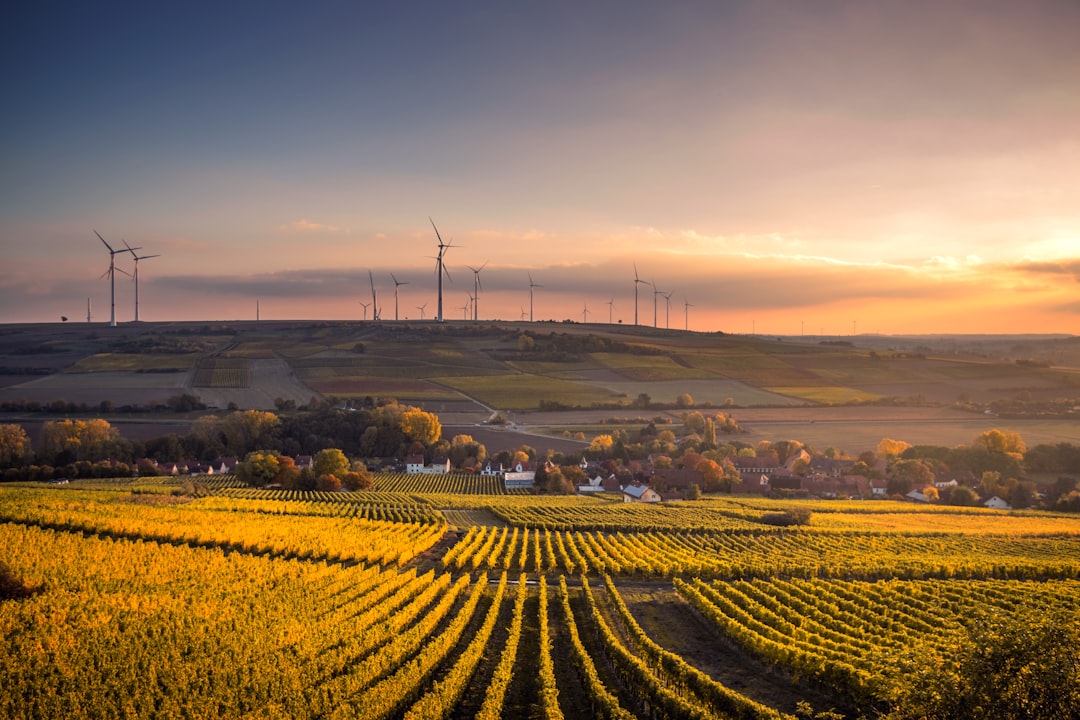A functioning mob farm is essential for Minecraft players seeking a reliable source of items such as bones, string, gunpowder, or XP. When water in your mob farm fails to work, however, it can be a frustrating roadblock. Water plays a critical role in guiding mobs and controlling their movement in many farm designs, so resolving water issues is key to getting your farm up and running again. In this article, we’ll explore the common causes of water-related problems in mob farms and how to fix them effectively.
1. Water Flow Issues
One of the most frequent problems players encounter is that water isn’t flowing correctly within the farm, which can cause mobs to get stuck or fail to reach the designated drop zone. Water flow problems are typically due to either incorrect placement of water sources or obstructions in the farm’s layout.
- Misplaced Water Sources: Ensure that the water is placed in the correct location as instructed in the mob farm tutorial you’re following. Minecraft water mechanics depend heavily on precise placement, and even a one-block error can disrupt flows.
- Blocks Altering Flow: Check for blocks that may be disrupting or redirecting the water flow. For instance, fences, signs, or slabs can inadvertently block water if positioned incorrectly.
Fix: Double-check the placement of all water source blocks. If you’re trying to create consistent flow streams, remember that placing a water source in one block and letting it flow can produce an 8-block-long stream in flat areas. For longer distances, install multiple water sources strategically.

2. Incorrect Farm Design
Another potential issue is the design of your mob farm itself. Some designs rely heavily on specific water mechanics, and small mistakes during construction can cause the entire system to stop working. In some cases, the mob farm may be incompatible with the latest versions of Minecraft due to updates that changed water physics.
Here are some design-related issues to watch out for:
- Improper Slope: If your water doesn’t guide mobs efficiently, check whether the floors are sloped correctly. Many farm designs rely on a gradual decline to direct mobs toward water streams or drop holes.
- Overlapping Streams: Avoid overlapping water streams in ways that create unpredictable flow patterns, which can trap mobs in random locations.
- Older Tutorials: If you followed an outdated tutorial, the farm might use water mechanics or methods that no longer work in the current version of Minecraft.
Fix: Revisit your mob farm’s tutorial and compare it with your construction. Consider using updated farm designs made for your Minecraft version. Ensure all inclines, drop-offs, and holes are aligned and place additional water streams where mobs might get stuck.
3. Light Levels and Spawn Mechanics
At times, what seems like a water issue could actually be tied to mob spawning mechanics. If mobs aren’t spawning properly to begin with, the water in your farm won’t have much to transport. This problem is typically due to light levels or proximity to player activity.
- Light in Spawning Areas: Verify that the spawning platforms are sufficiently dark. Mobs require a light level of 0 to spawn, and any nearby torches, glowstone, or light-emitting blocks can reduce spawn rates significantly.
- Spawn-Proofing Surroundings: Sometimes, mobs might spawn outside the farm in nearby caves or on open surface blocks, reducing the efficiency of your farm. Any reduction in spawn rates will make it appear as if the water system is failing.
Fix: Ensure your mob farm is completely dark by blocking out any sources of light. Additionally, spawn-proof the surrounding area by placing torches or slabs to prevent mobs from spawning outside your farm.

4. Game Version or Lag
Occasionally, technical factors may interfere with water mechanics. For example, you might be running a heavily modded version of Minecraft, or your game could be experiencing lag that disrupts normal physics.
Potential Causes:
- Lag: Excessive use of redstone, entity buildup, or other high-performance tasks could cause water mechanics to temporarily glitch or behave unpredictably.
- Game Updates: If you’re using an older mob farm, Minecraft updates could have altered fundamental water physics, affecting your design.
Fix: Monitor your game for performance issues. Close other applications running in the background to reduce lag. If lag continues to be an issue, limit the number of entities within the game. For version-specific problems, check patch notes or community forums to adjust your farm accordingly.
Conclusion
Water not working in your mob farm can be caused by a variety of issues, ranging from improper water flow and poor design to lighting problems and technical glitches. Resolving these issues requires a methodical approach—start by checking water placement and flow, inspect your farm’s design accuracy, and verify that spawn mechanics are properly configured.
If you’re still struggling, consider seeking updated farm blueprints created for your specific version of Minecraft, or consult Minecraft forums and online communities for advice. With some fine-tuning, your mob farm will soon be fully operational, providing you with the valuable resources you need to succeed in your Minecraft adventures.
